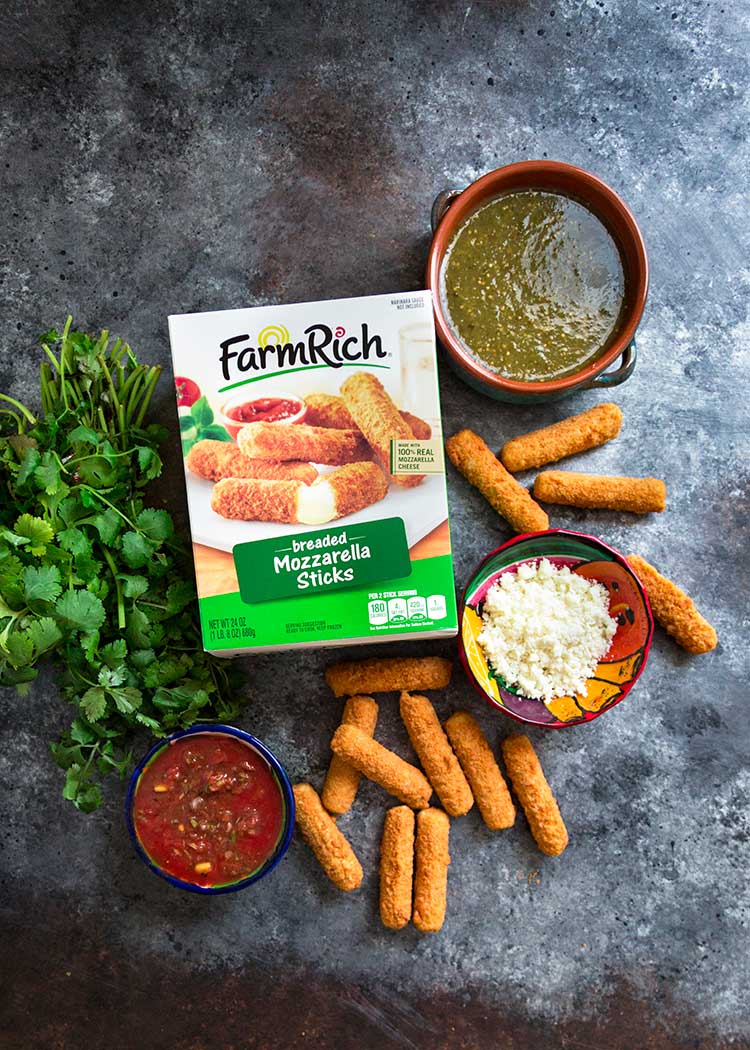The Death of Display Ads and the Web’s Search for a Replacement
The final version of Apple’s iOS 9 is out — users are rejoicing, publishers are crying, and Google is under fire. Winning new features include Wi-Fi Assist — which prevents your iPhone from latching onto poor Wi-Fi connections — and a new-and-improved Siri that is actually helpful.
But the feature that is really taking the world by storm: content blocking. Web users will appreciate it as it blocks ads, speeds up load times, and saves you money on expensive data plans, in addition to protecting your privacy. Publishers and advertisers, on the other hand, are facing their worst nightmare.
The war between Google and Apple is on, and publishers are caught in the middle.
It’s no secret that Google has a corner on the advertising market. It runs two kinds of ad servers used by nearly every publisher, which essentially fall into the genres of native and programmatic: DoubleClick, or DFP, are those sponsored posts that sit natively amongst the other content on a site; AdX are the programmatic ads that follow you around the web for the rest of eternity.
This means Google runs the search engine you use to find content, the real estate the content appears on, and the ads served on that content. It’s no wonder Apple has been looking for a way into that revenue stream.
With Apple’s new operating system, users now have the option to block content completely. Additionally, as The Verge reports, “iOS 9 includes a refined search that auto-suggests content and that can search inside apps, pulling content away from Google and users away from the web, it allows users to block ads, and it offers publishers salvation in the form of Apple News, inside of which Apple will happily display (unblockable!) ads, and even sell them on publishers’ behalf for just a 30 percent cut.”
The war between Google and Apple is on, and publishers are caught in the middle.
Will Ad-Blockers Spur Innovation?
Some, like Matthew Ingram wrote in Fortune, think this form of ad blocking can actually be a good thing for publishers, as it will force them to be more creative and less intrusive with their ad strategies. Publishers like Gawker and Salon employ some of the most shameless ad techniques on their sites, from links that are nearly impossible to exit (if your cursor aim is not true, you’ll end up clicking on the ad through no fault of your own) to popups that start 15 seconds after you’ve begun reading the article, respectively.
Yet others, like Casey Johnston, a technology journalist, fear ad blocking will only drive publishers to platforms where ads cannot be blocked — like Facebook and Apple News — thus having a counterproductive effect.
It really is the age-old, “I want my cake and I want to eat it too.” Before the advance of technology, people paid 50 cents (or what have you) for a newspaper and were still served ads throughout the reading experience. With newspaper and magazine subscriptions on a sharp decline, people not only want their content for free, but they want it ad-free too. So, what does that mean for publishers?
@jeremyzilar That’s not so terrible. Programmatic third-party ad services are awful. This is natural selection.
— Patrick LaForge, NYT (@palafo) September 17, 2015
The words on everyone’s lips now are “native” and “content.” Native advertising is articles like “9 Ways Cleaning Has Become Smarter” that you might notice is sponsored by Swiffer. It sits amongst the other articles on the page and blends-in seamlessly.
Is Content Marketing The Answer?
Content marketing, or more specifically “influencer marketing,” has been compared to native advertising, but is not quite the same thing. Influencer content covers the realm of blogs, social media posts, and anything else created by influential individuals who have built up a reputation as an expert in their industry, hobby, or marketplace.
I’m going to do a little shameless plug here and say that content marketing puts consumers and readers in the driver’s seat and advertisers in the backseat — consequently returning a little of the trust and integrity back to publishers and brands.
Influencer marketing pulls in influencers, industry experts, and people with high social reach to lend their knowledge and followers to brands and publishers. The catch is — these creators hold most, if not all, of the cards.
Yes, you can try and pay them the big bucks to endorse your product, but they’re risking their reputation and followers if they don’t truly believe in the product. It’s a fine line to walk, but if the internet has taught us anything, it’s that people will be vocal when they feel they’ve been betrayed or tricked.
SEE ALSO: 5 Influencer Marketing Quotes to Remember
Studies have shown that people already trust consumer-generated content more than advertisements, but now with the advance of ad blocking, there is going to be an even bigger push to find different channels with which to reach consumers. This natural progression applies to publishers as well. Apple’s new “content blocking” feature puts some of the control over what content is served back into the individual’s hands, to a certain extent.
What does that mean for the future of advertising? Well, it’s time to get creative.
Native is one way to go, but considering people are wary of traditional ads, I doubt they will trust native any more. What’s worse, they might stop trusting publishers who utilize it — I for one avoid Buzzfeed for that reason.
With content and influencer marketing, however, publishers will want to utilize people who have worked hard to gain the trust of their followers and become an expert in their field. It is a mutually rewarding new system in which creativity and honesty win and sly tricks simply do not.




